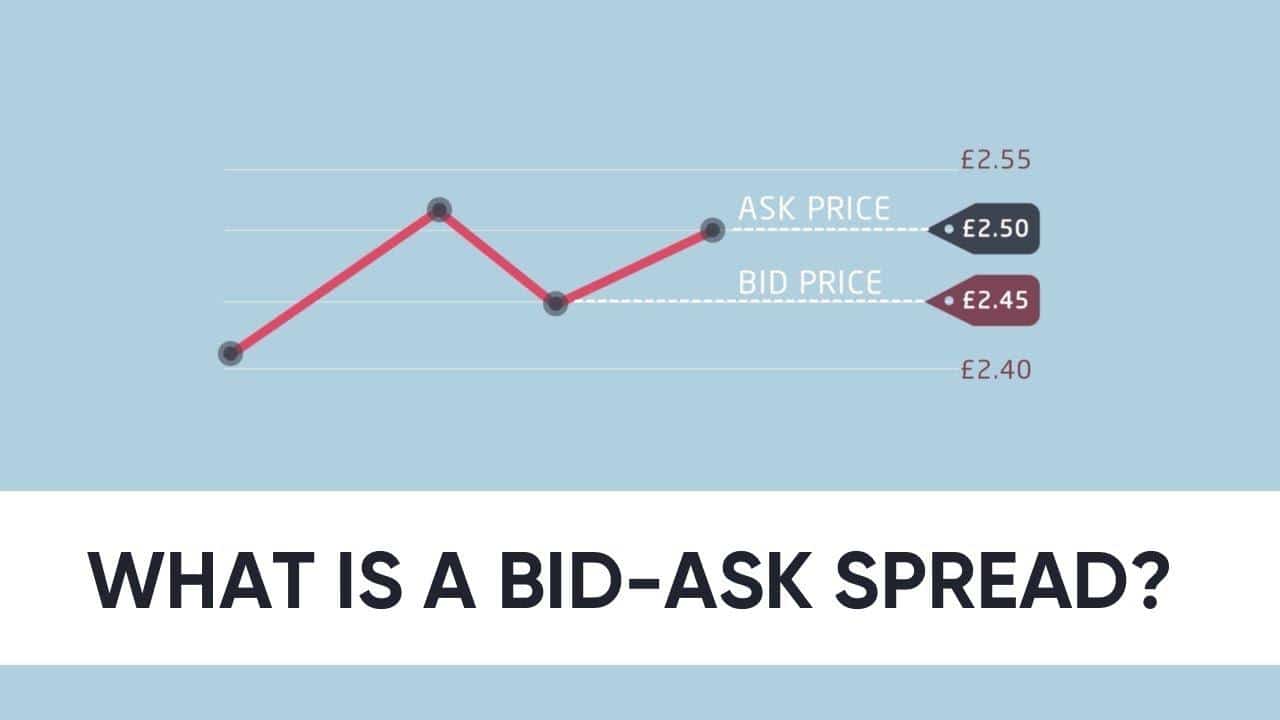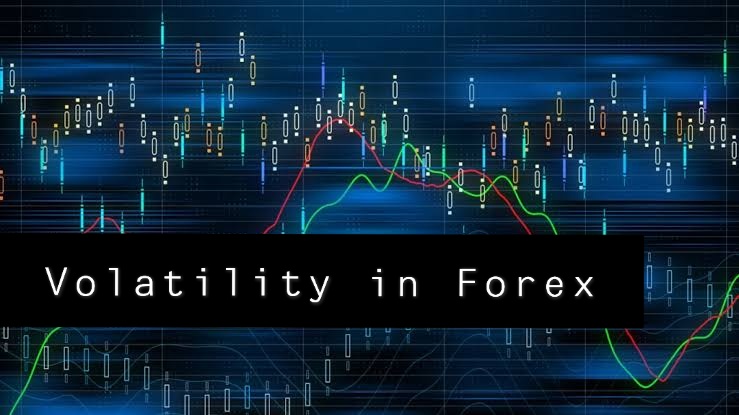What Lies Behind the Scenes of Forex Trading
The foreign exchange market, commonly referred to as forex, is a global decentralized market where individuals, businesses, and institutions trade currencies. With a daily trading volume of over $6 trillion, forex has become one of the most popular and liquid markets in the world. However, behind the scenes of this massive market lies a complex web of costs, fees, and charges that can significantly impact trading outcomes. As traders navigate the forex market, it’s essential to understand the underlying costs involved in trading currencies, including the often-overlooked concept of forex spreads. In fact, understanding what a forex spread is and how it affects trading decisions is crucial for achieving long-term success in the forex market. So, what is a spread in forex trading, and why is it so important?
How to Navigate the Complex World of Forex Spreads
In the forex market, a spread is the difference between the bid and ask prices of a currency pair. It’s a critical concept that can significantly impact trading decisions and outcomes. A forex spread is essentially the cost of trading, and it’s essential to understand what it is and how it affects trading. When trading forex, a spread is the price at which a broker is willing to buy a currency (bid price) and the price at which they are willing to sell it (ask price). The difference between these two prices is the spread, and it’s usually measured in pips. For instance, if the bid price of EUR/USD is 1.1000 and the ask price is 1.1020, the spread is 20 pips. Understanding forex spreads is crucial because it can help traders make informed decisions about their trades, including when to enter and exit the market. In this article, we’ll delve deeper into the world of forex spreads, exploring the different types of spreads and how they impact trading outcomes.
The Anatomy of a Forex Spread: Bid-Ask Prices and Pips
When it comes to understanding forex spreads, it’s essential to break down the components that make up this critical concept. A forex spread is comprised of two primary elements: the bid price and the ask price. The bid price is the price at which a broker is willing to buy a currency, while the ask price is the price at which they are willing to sell it. The difference between these two prices is the spread, which is usually measured in pips. For instance, if the bid price of EUR/USD is 1.1000 and the ask price is 1.1020, the spread is 20 pips. Pips are the smallest unit of price movement in forex trading, and they play a crucial role in calculating spreads. In the example above, the spread is 20 pips, which means that the broker is charging 20 pips as their commission for facilitating the trade. Understanding the bid-ask prices and pips is vital because it can help traders calculate their trading costs and make informed decisions about their trades. By grasping the anatomy of a forex spread, traders can better navigate the complex world of forex trading and make more informed decisions about their investments.
Fixed Spreads vs. Variable Spreads: Which is Right for You?
In the world of forex trading, spreads come in two main forms: fixed spreads and variable spreads. Understanding the differences between these two types of spreads is crucial for traders, as it can significantly impact their trading decisions and outcomes. Fixed spreads, as the name suggests, remain constant and do not change regardless of market conditions. This type of spread is often preferred by traders who value predictability and stability. On the other hand, variable spreads fluctuate based on market conditions, such as volatility and liquidity. This type of spread is often preferred by traders who are comfortable with taking on more risk in pursuit of potentially higher returns. When deciding between fixed and variable spreads, traders should consider their trading style, risk tolerance, and market conditions. For instance, traders who prefer to trade during times of high market volatility may prefer variable spreads, while those who prioritize predictability may prefer fixed spreads. By understanding the advantages and disadvantages of each type of spread, traders can make informed decisions about which type suits their needs and trading goals.
The Impact of Market Volatility on Forex Spreads
Market volatility is a critical factor that affects forex spreads, and understanding its impact is essential for traders. During times of high market volatility, forex spreads tend to widen, resulting in higher trading costs for traders. This is because brokers and market makers increase their spreads to compensate for the increased risk of trading in volatile markets. News events, economic indicators, and market sentiment are all key drivers of market volatility, and traders should be aware of their impact on forex spreads. For instance, a surprise interest rate hike by a central bank can lead to a sudden increase in market volatility, causing spreads to widen. Similarly, a major economic indicator release can also lead to increased volatility and wider spreads. By understanding the impact of market volatility on forex spreads, traders can adjust their trading strategies accordingly, such as by reducing their position sizes or avoiding trading during times of high volatility. Additionally, traders can also take advantage of market volatility by using strategies such as scalping or day trading, which can be profitable in volatile markets. Ultimately, understanding the impact of market volatility on forex spreads is crucial for traders who want to minimize their trading costs and maximize their profits.
How to Minimize the Cost of Trading: Strategies for Reducing Spreads
Reducing spreads is a crucial aspect of minimizing the cost of trading in the forex market. By implementing effective strategies, traders can save money and increase their potential profits. One of the most important strategies for reducing spreads is to choose the right broker. Brokers with lower spreads can significantly reduce trading costs, and traders should research and compare different brokers to find the one that offers the best spreads for their trading needs. Another strategy is to time trades carefully, avoiding times of high market volatility when spreads tend to widen. Traders can also use limit orders to reduce spreads, as these orders allow them to set a specific price for their trades and avoid market orders that may be executed at a higher spread. Additionally, traders can consider using ECN (Electronic Communication Network) brokers, which often offer lower spreads than traditional market makers. By combining these strategies, traders can minimize the cost of trading and maximize their potential profits. Furthermore, understanding what a forex spread is and how it affects trading decisions is crucial in developing an effective strategy for reducing spreads. By grasping the concept of forex spreads, traders can make informed decisions about their trading activities and optimize their trading performance.
Forex Spread Comparison: How to Choose the Best Broker for Your Needs
When it comes to choosing a forex broker, one of the most critical factors to consider is the spread. A broker’s spread can significantly impact trading costs, and understanding how to compare brokers based on their spreads is essential for making informed decisions. To start, traders should research and compare the spreads offered by different brokers for the currency pairs they plan to trade. This can be done by visiting brokers’ websites, reviewing their pricing pages, and comparing their spreads. Traders should also consider the type of spread offered, such as fixed or variable, and whether it is suitable for their trading style. Additionally, traders should look at other trading conditions, such as commission fees, leverage, and execution speeds, to get a comprehensive understanding of the broker’s offerings. Furthermore, traders should read reviews and ratings from other traders to get a sense of the broker’s reputation and reliability. By taking a thorough and systematic approach to comparing brokers, traders can find the best broker for their needs and minimize their trading costs. Understanding what a forex spread is and how it affects trading decisions is crucial in making an informed decision when choosing a broker. By grasping the concept of forex spreads, traders can make informed decisions about their trading activities and optimize their trading performance.
Conclusion: Mastering Forex Spreads for Long-Term Trading Success
In conclusion, understanding forex spreads is a crucial aspect of achieving long-term trading success in the forex market. By grasping the concept of forex spreads, traders can make informed decisions about their trading activities and optimize their trading performance. From navigating the complex world of forex spreads to minimizing the cost of trading, traders must be aware of the various factors that affect spreads and take steps to reduce them. By choosing the right broker, timing trades, and using limit orders, traders can minimize their trading costs and maximize their potential profits. Furthermore, understanding the impact of market volatility on forex spreads and comparing brokers based on their spreads, fees, and other trading conditions are essential skills for any forex trader. By mastering forex spreads, traders can gain a competitive edge in the market and achieve long-term trading success. Remember, understanding what a forex spread is and how it affects trading decisions is key to making informed decisions and optimizing trading performance. By incorporating the strategies and concepts outlined in this article, traders can take their trading to the next level and achieve long-term success in the forex market.







